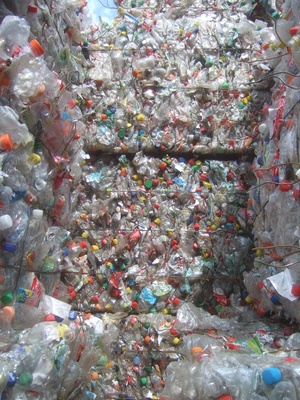The report reveals that nearly 300 tonnes of plastic with toxic Brominated Flame Retardants (BFRs) are added to the recycling stream each day in India. This is mixed with other plastic and then reaches us in the form of new products.
The study investigated the recycling of WEEE Plastic (plastic from e-waste) in the country. The research found that most of the plastic, containing flame retardants, is being mixed with ‘clean’ plastic during recycling process.
BFRs get released during usage as they are loosely bound with plastic. BFRs are chemicals added to plastic parts of electronic gadgets such as computers, televisions and cell to make them less flammable. Many of these bromine-based chemicals are highly toxic. Several nations have banned BFRs like Polybrominated Diphenyl Ethers (PBDE) as these are chemicals of high concern.
Rapidly increasing levels of BFRs have been found in sediments, marine animals and human, signifying a potential threat to ecology and human health. Research in laboratory animals has linked PBDE exposure to adverse health effects such as behavioral changes, thyroid hormone disruption, hearing deficits and delayed puberty onset.
The study said that India currently generates nearly 1 lakh tonnes of this contaminated plastic each year, which is expected to increase to 1.7 lakh tonnes in 2018.
Most of plastic reaches the informal recycling sector, where majority of it is mixed with other plastics and recycled with no safety or health precautions. This contaminated plastic is then used to make new products, and sold without any warnings or labels.
The Toxics Link study was conducted in Delhi, which receives waste plastic from across the country and processes it in many of its recycling hubs like Mundka, Kamruddin Nagar, Karawal Nagar and Vishwas Nagar.
The operations in many of the units located in these areas revealed the dangers of exposure to workers due to lack of occupational health and safety norms. “92% of the workers in these areas are not aware of the hazards that they face and hence do not take any precaution. The dust and releases during the processes may have high concentrations of BFRs”, said Satish Sinha, associate director at Toxics Link.







